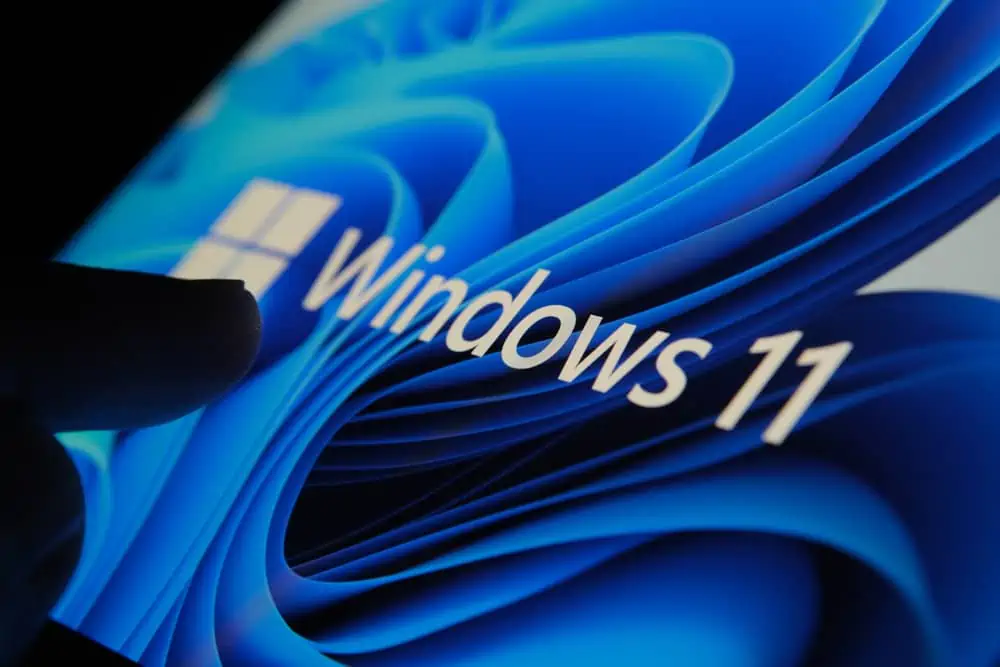In this Itechguide, Victor explains Windows 10 system requirements. The guide covers Windows 10 system requirements for Windows 10 desktops and Windows 10 Mobile Operating Systems.
System Requirements for Desktops
Here is a summary of the minimum requirements to install Windows 10 desktop.
1. Minimum Processor Requirements
- At least 1GHz or faster processor. It is recommended to use a 2.5 GHz Dual Core processor minimum.
- Must support Physical Address Extension (PAE), No-execute bit (NX Bit) and Streaming SIMD Extensions 2 (SSE2).
- The processor must be compatible with x86 or x64 instruction set
- Finally, the processor must support *CMPXCHG16b, **LAHF/SAHF, and ***PrefetchW for 64-bit OS installation.
*Compare and Exchange Bytes – a special CPU instruction required by Windows 10
**LAHF (Load AH from Flags), SAHF (Store AH into Flags) – LAHF loads instructions, while SAHF stores instructions for certain status flags.
***PrefetchW – a set of instruction sets in a processor that stores processor cache into the data cache for faster data retrieval.
2. Minimum Memory Requirements
- If you are installing or upgrading to 32-bits Windows 10, you require at least 1GB RAM. The recommended RAM is 4GB.
- For 64-bits, you need a minimum of 2GB but 8GB is recommended.
3. Minimum Storage Requirements
- For 32-bits, you require a minimum of 16GB free drive space – the recommended drive requirement is 100GB. If you can, I strongly recommend you have 2 separate drives – 1 (100GB) to install Windows 10. The second (size depends on your storage needs) should be used to store your data. For faster performance, SSD drives are recommended for the OS drive.
- However, if you are upgrading to the 64-bits version of Windows 10, you require a minimum of 20GB. You can use the same recommended requirements that I specified above.
4. Minimum Display and Graphics Requirements
- Windows 10 requires a minimum display resolution of 800 x 600 (SVGA). However, the recommended display is 1920X1080 (full HD).
- You also need a primary display with a minimum diagonal display size of 7-inches or larger.
- Finally, your display hardware must include a GPU that supports DirectX 9 or later.
5. Minimum Networking Requirements
A PC or laptop you want to install or upgrade to Windows 10 MUST have at least a WiFi or an Ethernet adapter.
6. Summary of the Requirements
Here is a summary of the hardware requirements to install or upgrade to Windows 10 desktop:
- Processor: Minimum – 1GHz, recommended – 2.5GHz Dual-Core. The processor must also support x86 or x64 instruction set, PAE, NX Bit, SSE2, CMPXCHG16b, LAHF/SAHF, and PrefetchW.
- Memory: Minimum for 32-bits – 1GB RAM, recommended 4GB. For 64-bits – minimum 2GB, recommended 8GB.
- Storage/Hard Drive: 32-bits – minimum requirements: 16GB free drive space, recommended *250GB. 64-bits – minimum free disk space: 20GB, recommended: *250GB
- Display/Graphics: minimum SVGA display (800 x 600), 1920X1080 is recommended. The primary display also needs to be at least 7-inches wide.
- Networking: The PC must have at least 1 WiFi or Ethernet card.
System Requirements for Mobile
If you want to upgrade your Windows Phone to Windows 10, this section is for you.
1. Minimum SoC Requirements
- For Windows 10 Mobile SoCs by Qualcomm Technologies, Inc – Snapdragon 820, 810, 808, 617, 210
- Windows 10 Mobile and Enterprise also support the following SOCs by Qualcomm Technologies, Inc – Snapdragon 810, 808, 617, 210 – these SoCs do NOT provide cellular support. They are intended for devices that support WiFi only or devices that do NOT require network connectivity.
- Finally, existing Windows phones that support the following SoCs from Qualcomm Technologies – Snapdragon 810, 808, 801, 800, 617, 410, 400, 210, 200, S4 Plus – can be upgraded to Windows 10 Mobile.
2. Minimum Memory Requirements
The memory requirements for Windows 10 Mobile are specified by display resolution.
- For 2560 x 1440 display resolution: minimum memory must be 3GB or more
- If your device’s resolution is 1920 x 1080, you require a minimum RAM of 2GB or more
- For the 960 x 540 display, the minimum RAM required is 1GB or more
3. Minimum Storage Requirements
- Minimum of 8GB nonremovable flash storage
- The flash storage must be implemented with UFS or e•MMC. It may also include an optional SD card
- If your mobile devices use a UFS storage, it must use a 4K sector size. It must also be configured with an RPMB (Replay Protected Memory Block) of 512 KB minimum.
- However, if your Windows Mobile phone’s storage uses e•MMC, it must use a sector size of 512-byte. It must also be configured with a minimum RPMB (Replay Protected Memory Block) of 512 KB.
- If a Windows Mobile devices include an SD card, to upgrade the device to Windows 10, the SD card must support SD Association’s SD 2.0 or SD 3.0 specifications.
4. Minimum Display Brightness Levels
Any Windows 10 Mobile device that you intend to install Windows 10 Mobile must have must support a minimum brightness of 16 levels
I hope you found this Itechguide helpful. click on “Yes” beside the “Was this page helpful” question below.
You may also express your thoughts and opinions by using the “Leave a Comment” form at the bottom of this page.
Finally, for more Windows 10 Itechguides, visit our Tech Explained page.



